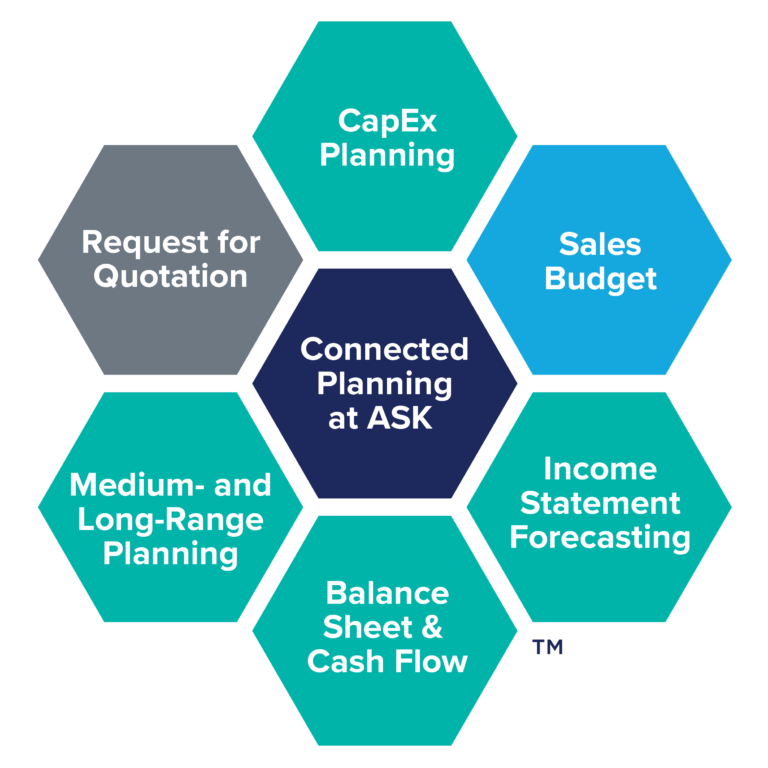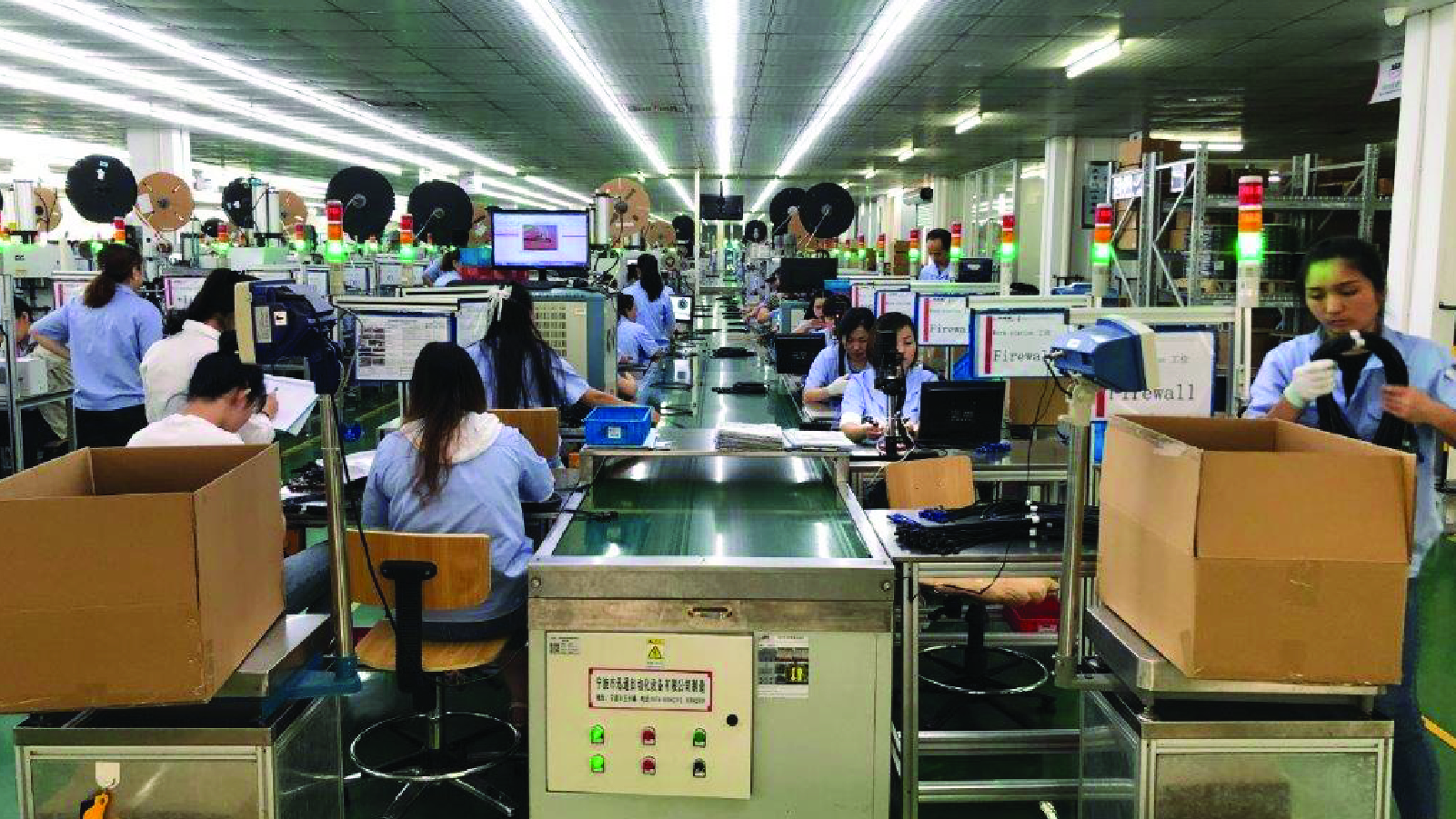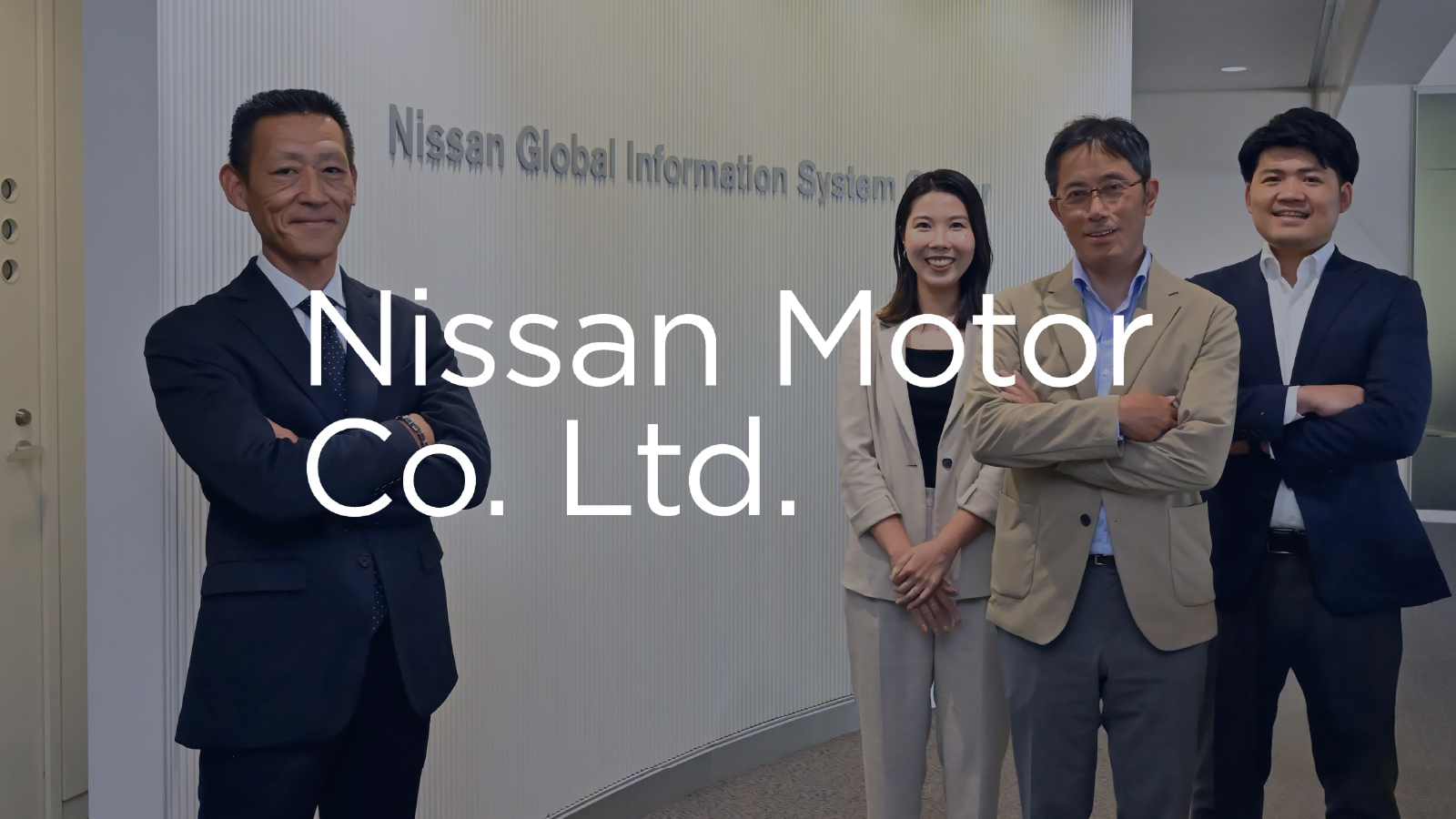A car audio system shows the value of connection. All components—antennas, cables, amplifiers, loudspeakers—must be connected and fine-tuned for optimum performance.
The same goes for finance and sales processes at ASK Industries, a global original equipment manufacturer (OEM) of automotive audio. ASK’s processes weren’t harmonious in 2018: Teams in business lines (antennas, amplifiers, cables, and loudspeakers) and markets (Europe, Asia, and America) crunched and copied data in isolated spreadsheets, leaving little time for analysis. Key processes (such as investment and sales budgets and P&L and balance sheet creation) were siloed, and teams often had to start each planning cycle from scratch. “We wanted to avoid duplication and rework, shorten our timelines, and balance our need for data accuracy with the effort required to obtain it”, explains Enrico Righini, Group Controller.
Guided by an Accenture team and leveraging the Anaplan platform, multiple processes at ASK were reimagined as four connected Anaplan models:
- Request for Quotation (RFQ) and CapEx Planning (the investment budget).
- The Sales Budget.
- Income Statement Forecasting (P&L) and Balance Sheet & Cash Flow.
- Medium- and Long-Range Planning (called PMT at the company).
RFQ, the process used to generate bids and evaluate their financial impacts, saw the greatest change. Every function of the business, from R&D to manufacturing to finance, contributes to as many as 100 RFQs in the first six months. Getting the hundreds of variables in each RFQ right minimizes risk. Righini says: “Having accurate numbers means the difference between building a quote that‘s financially viable and one that‘s not.”
Variables include where to build a component and what currency to use in the RFQ. “We have operations, suppliers, and customers around the globe, so exploring currency options in Anaplan is central to a successful RFQ,” Righini says. “‘What-if’ analyses of exchange rates, commodity trends, volume prices, and alternative solutions that used to take a day are now done in seconds with Anaplan, with zero risk of mistakes.”






